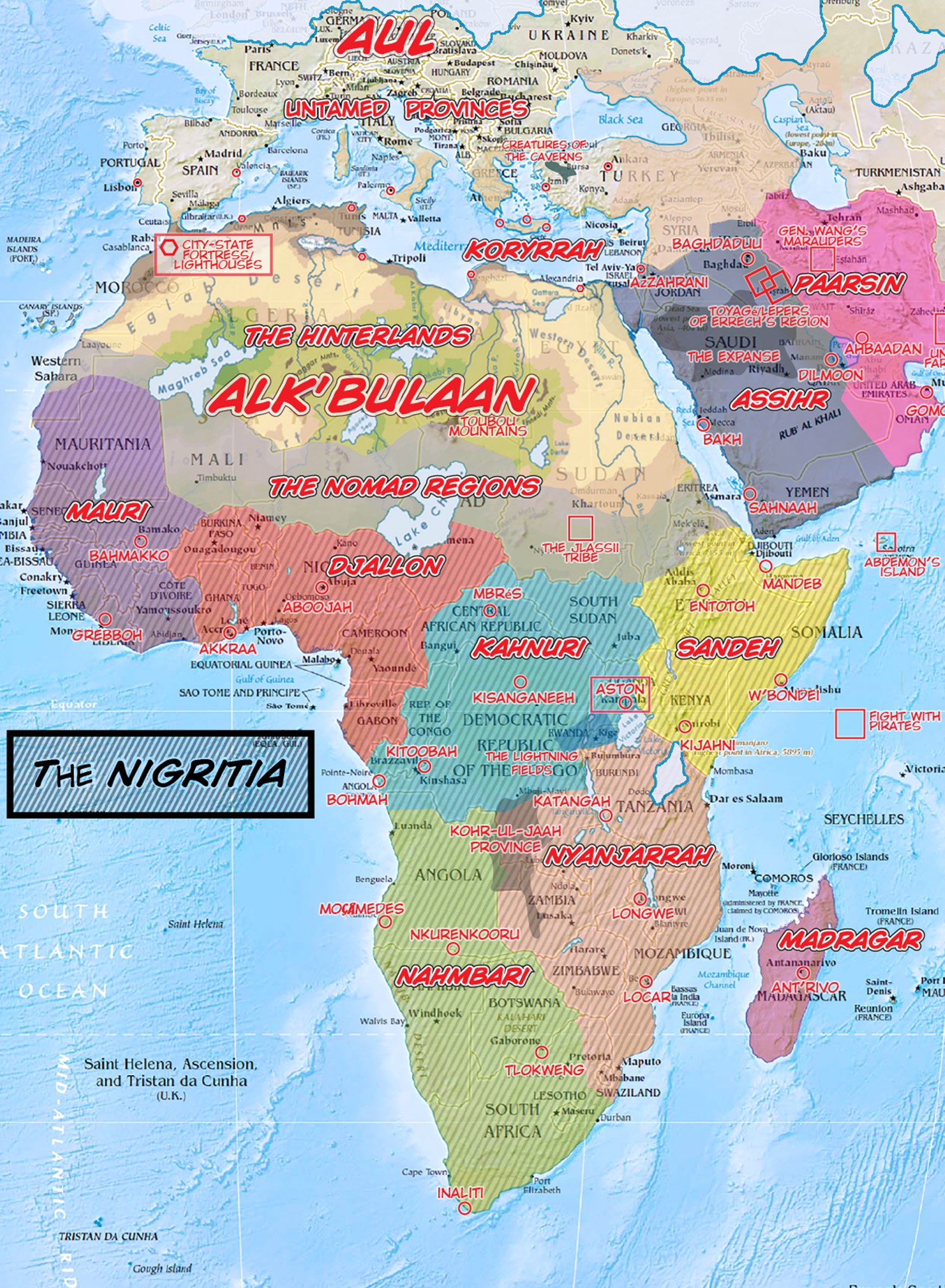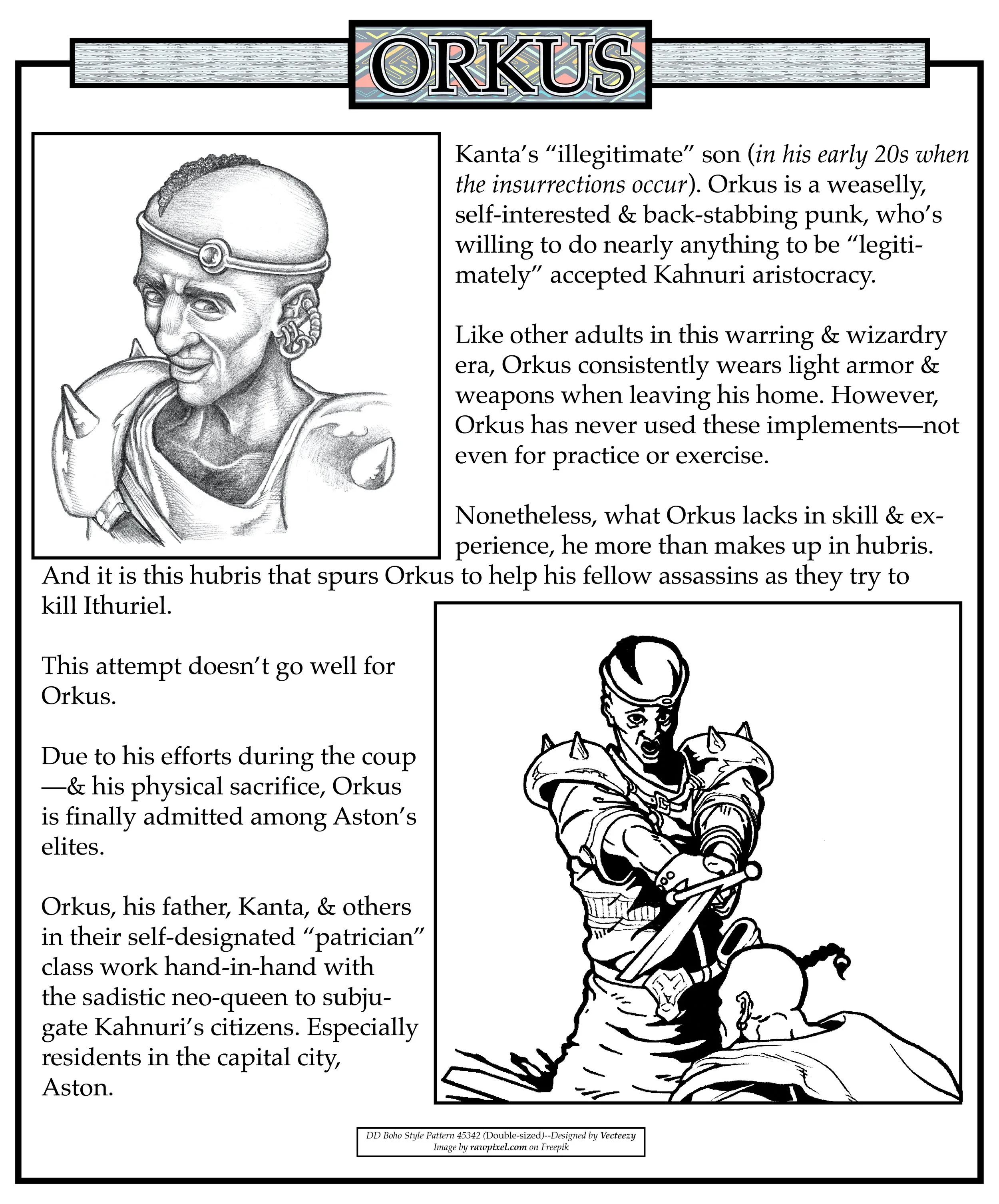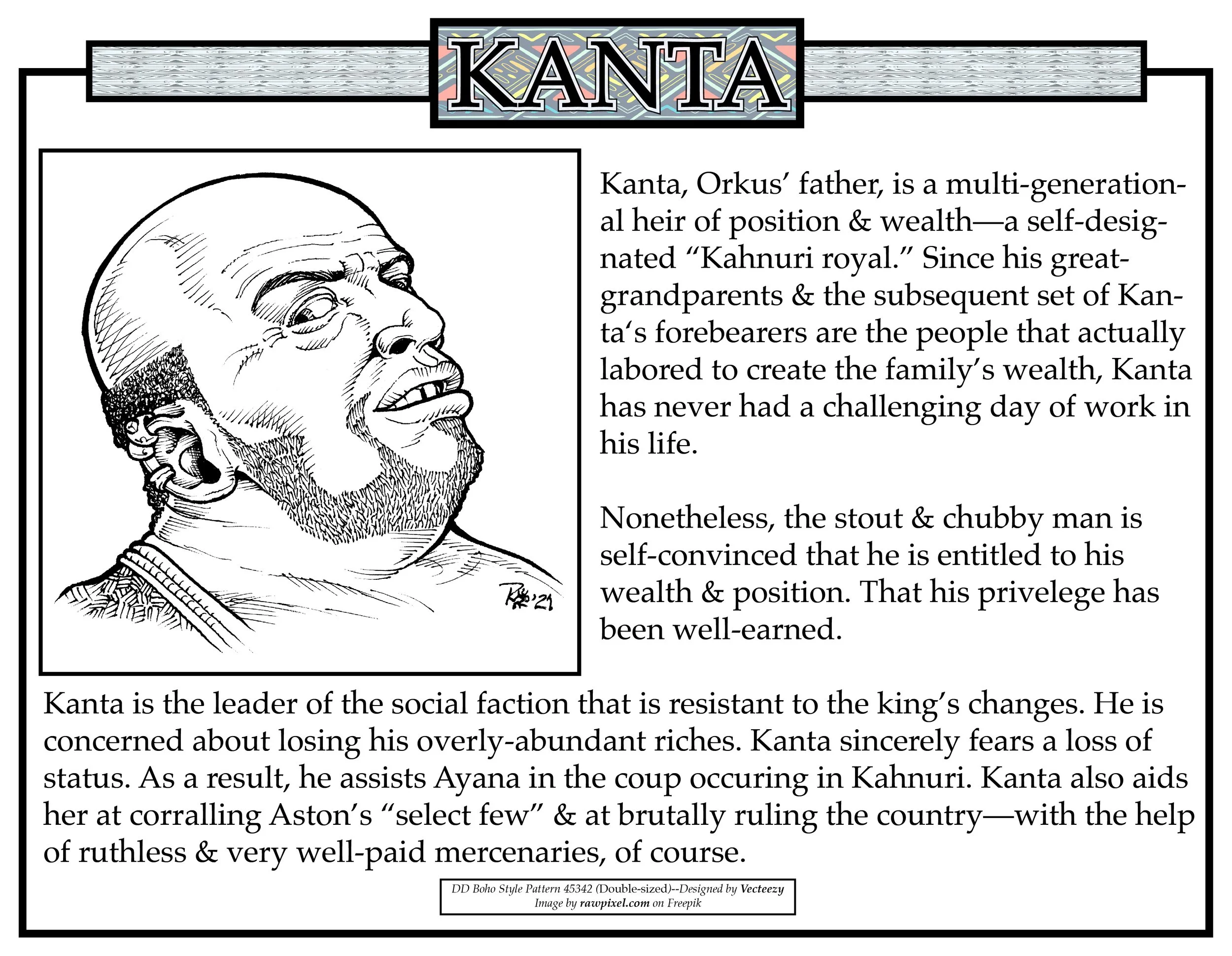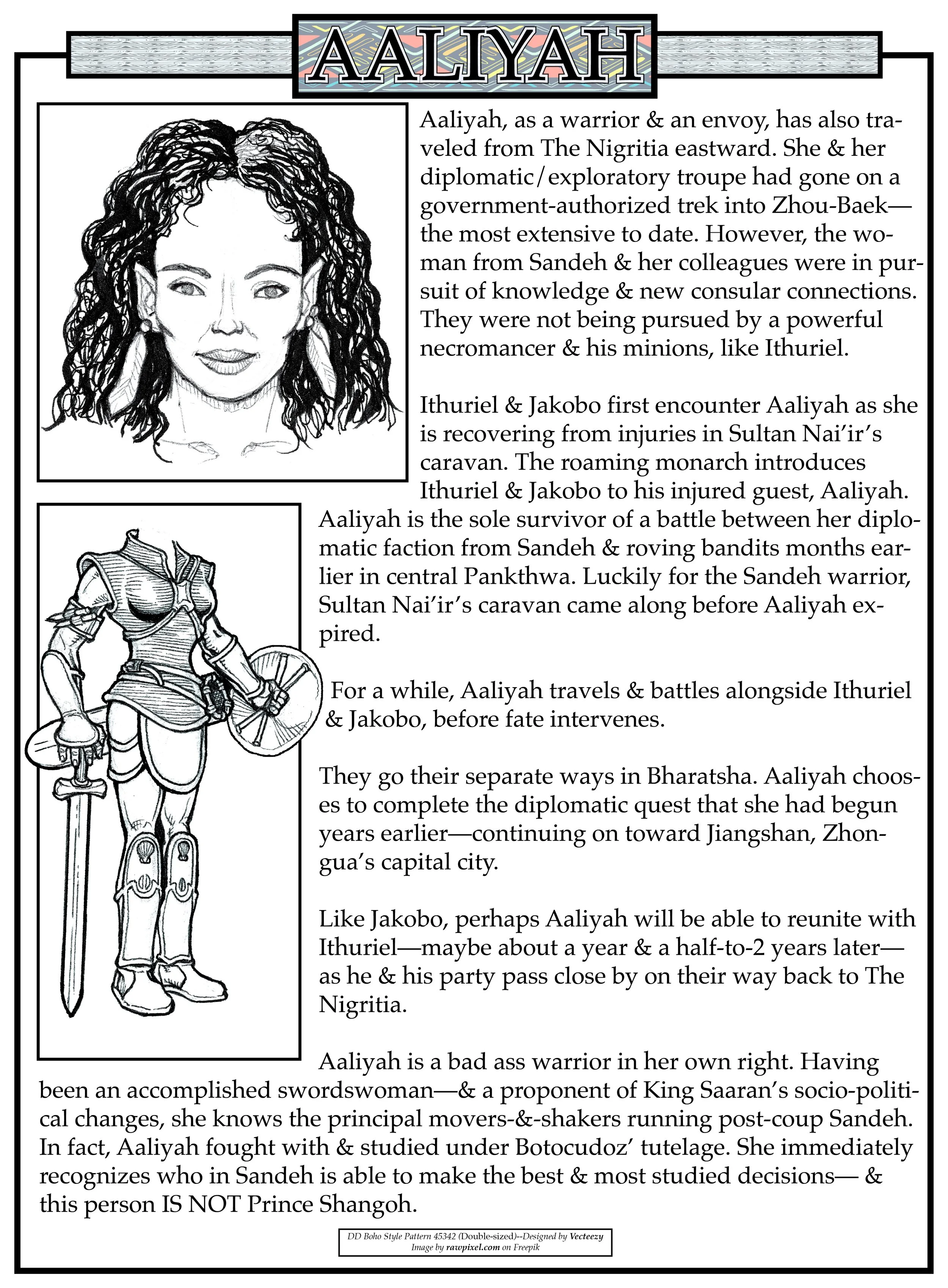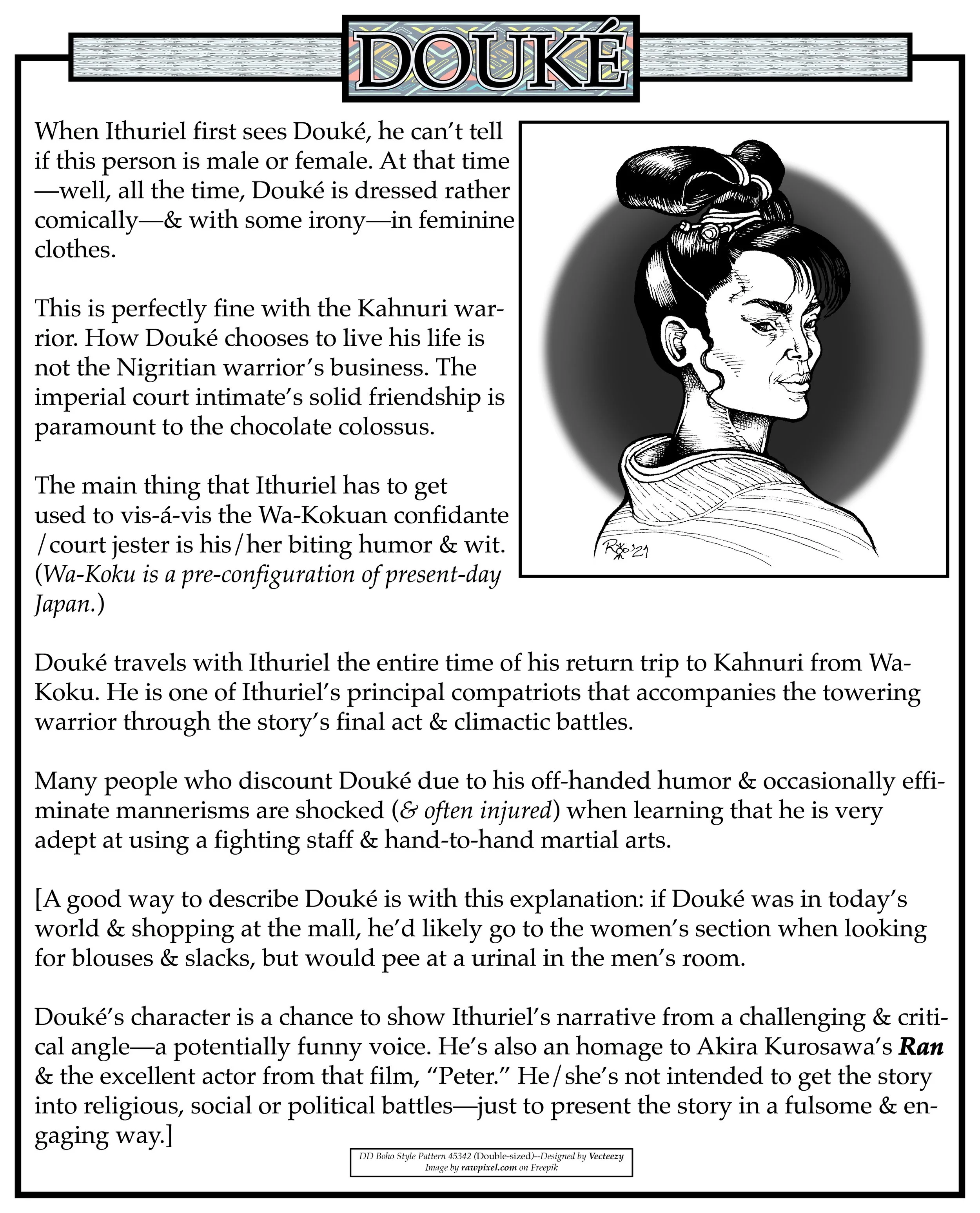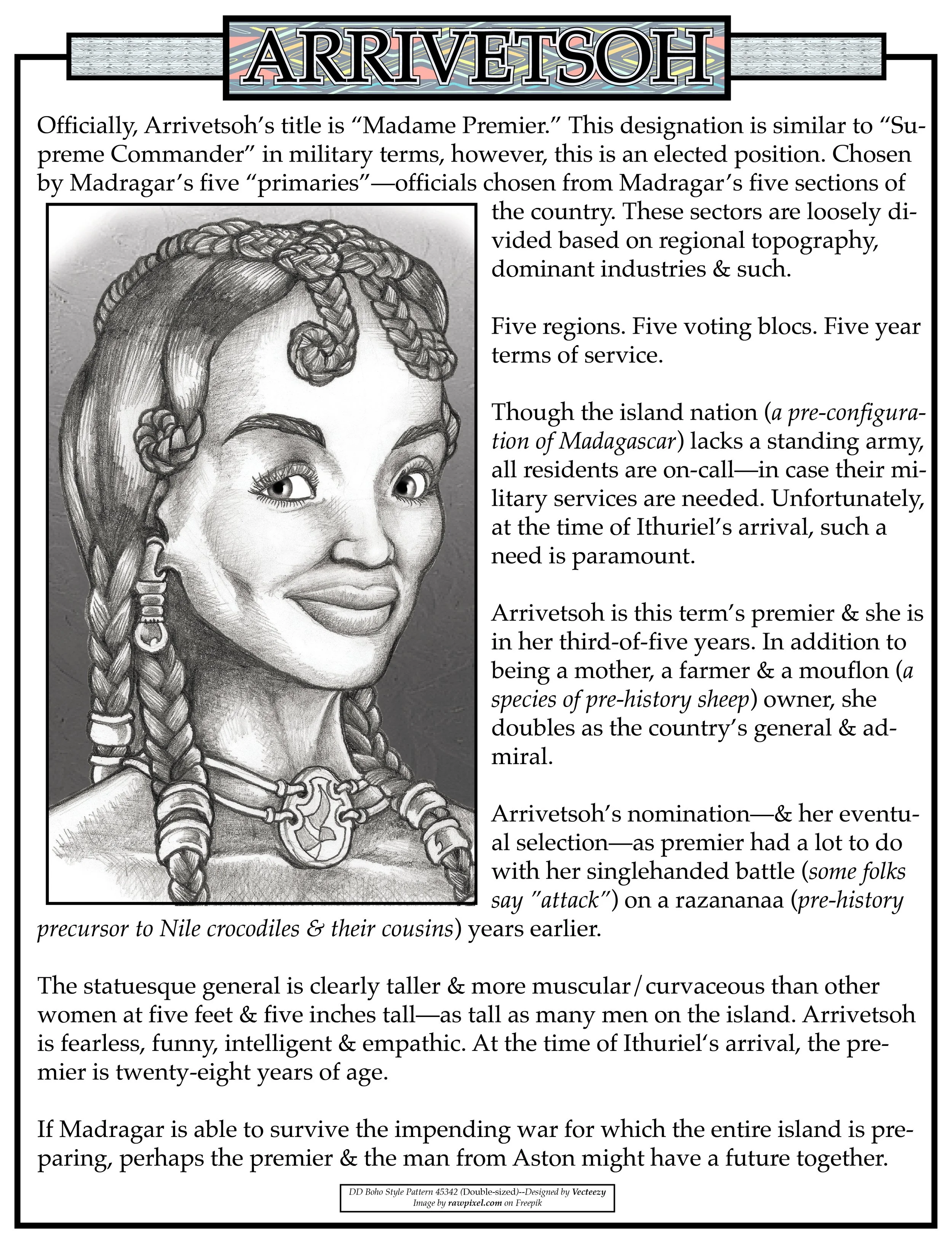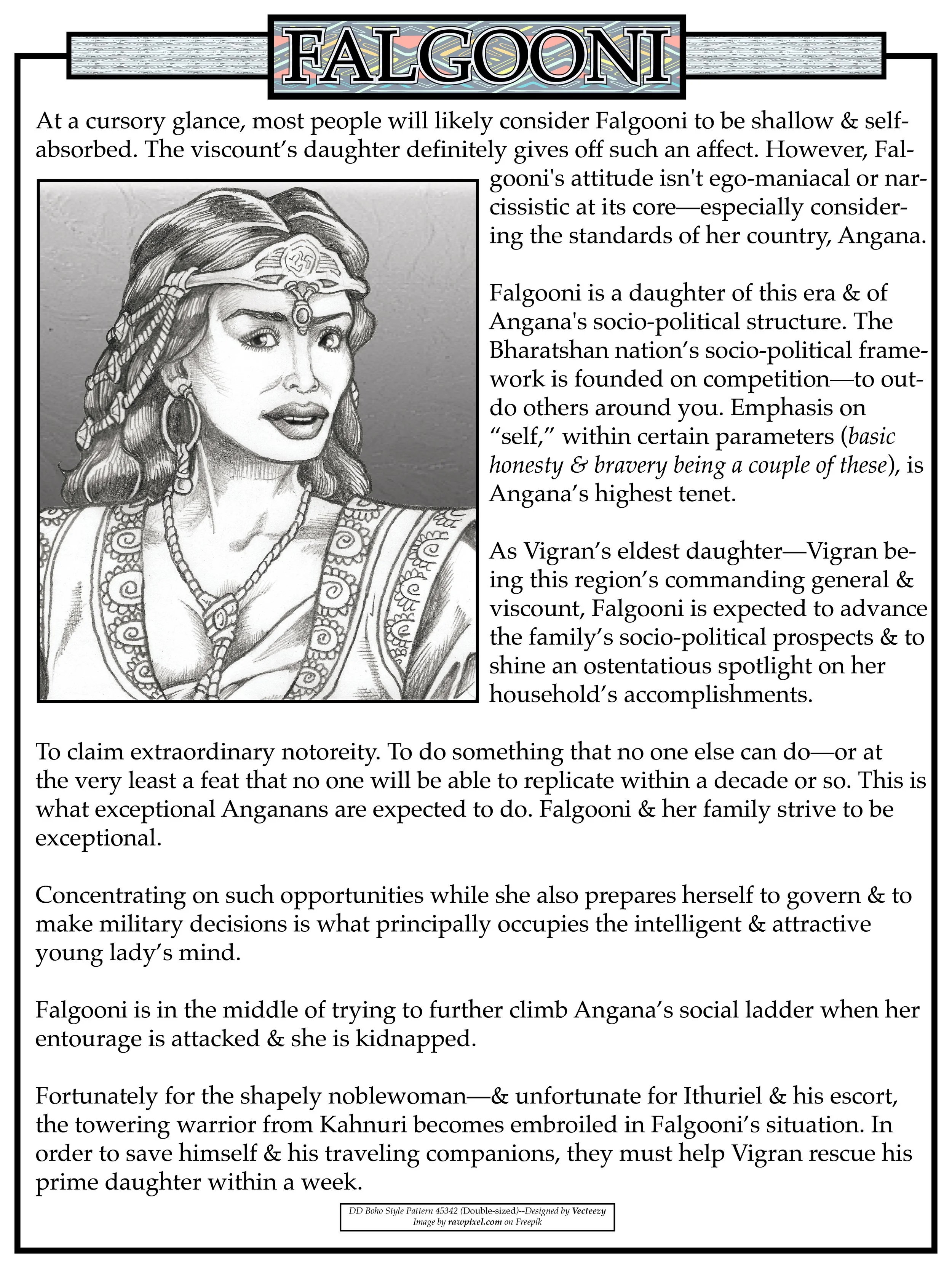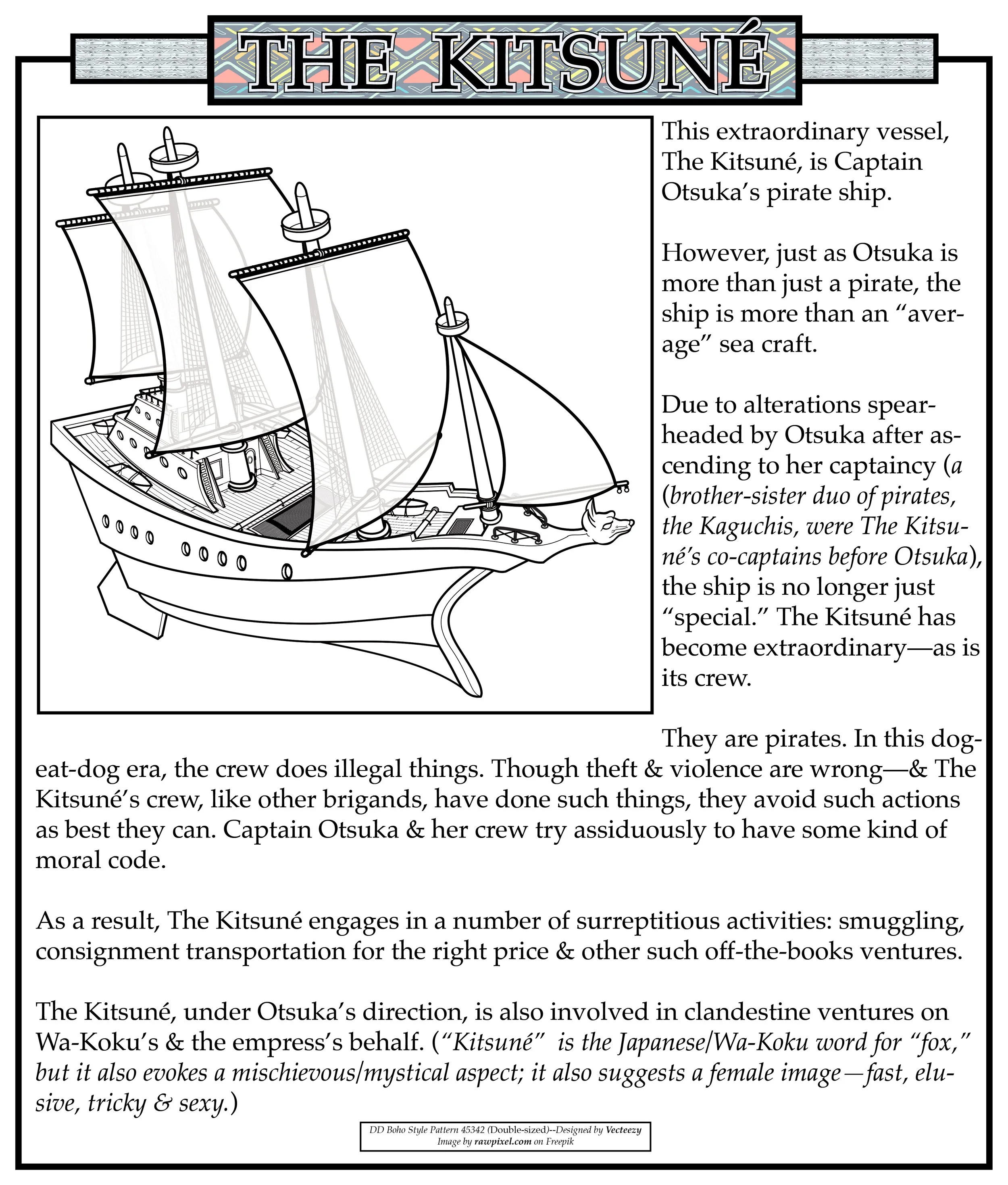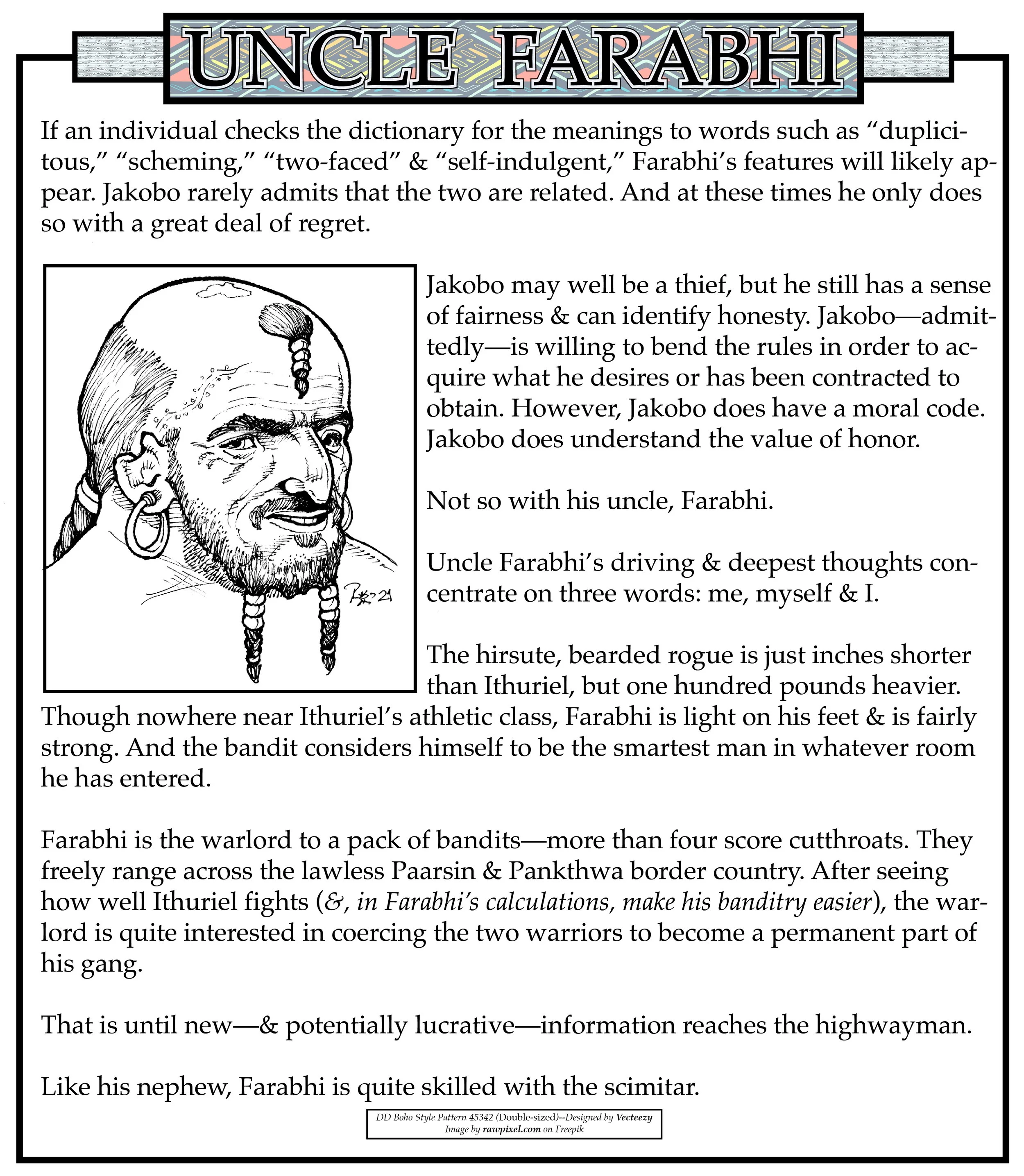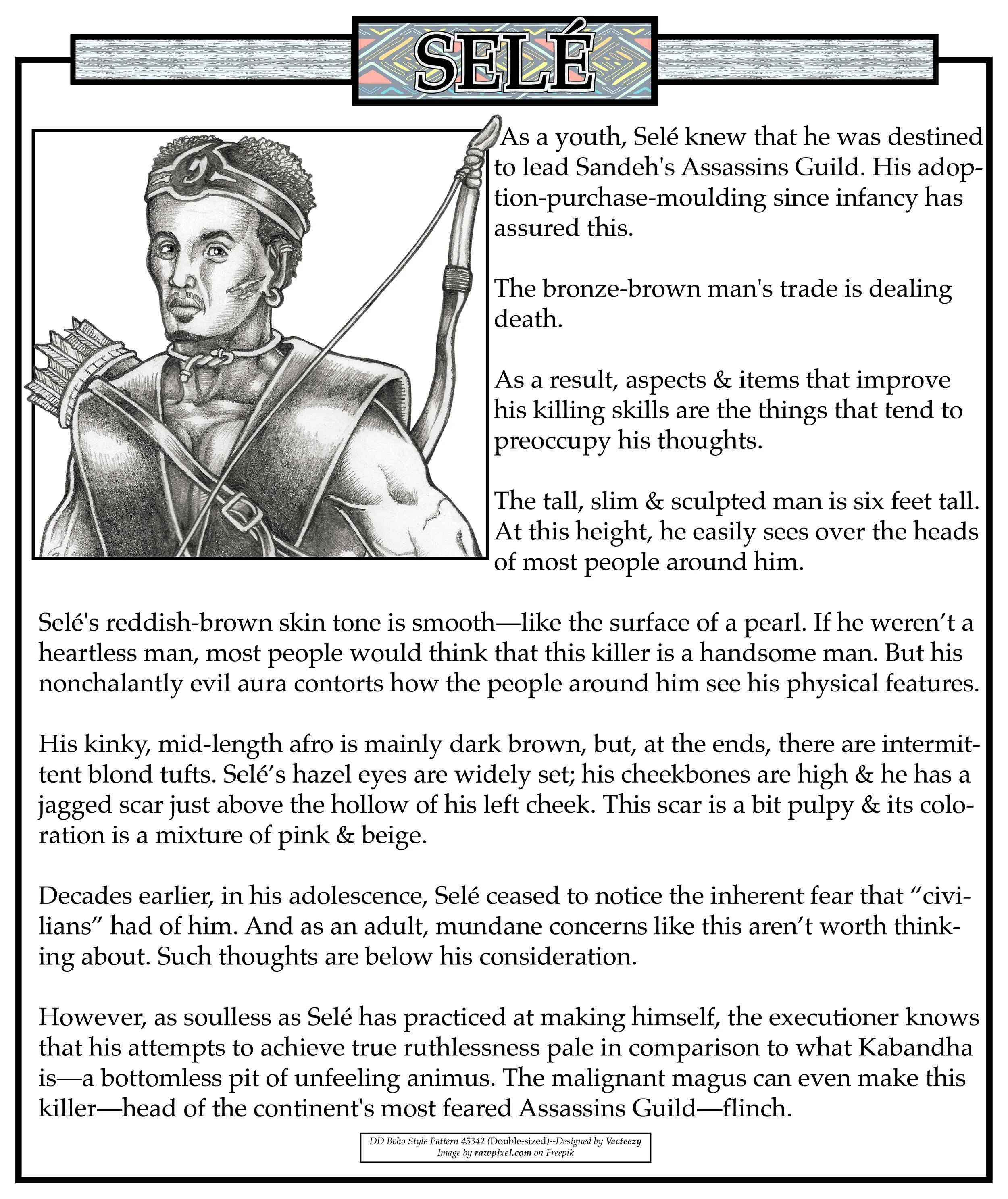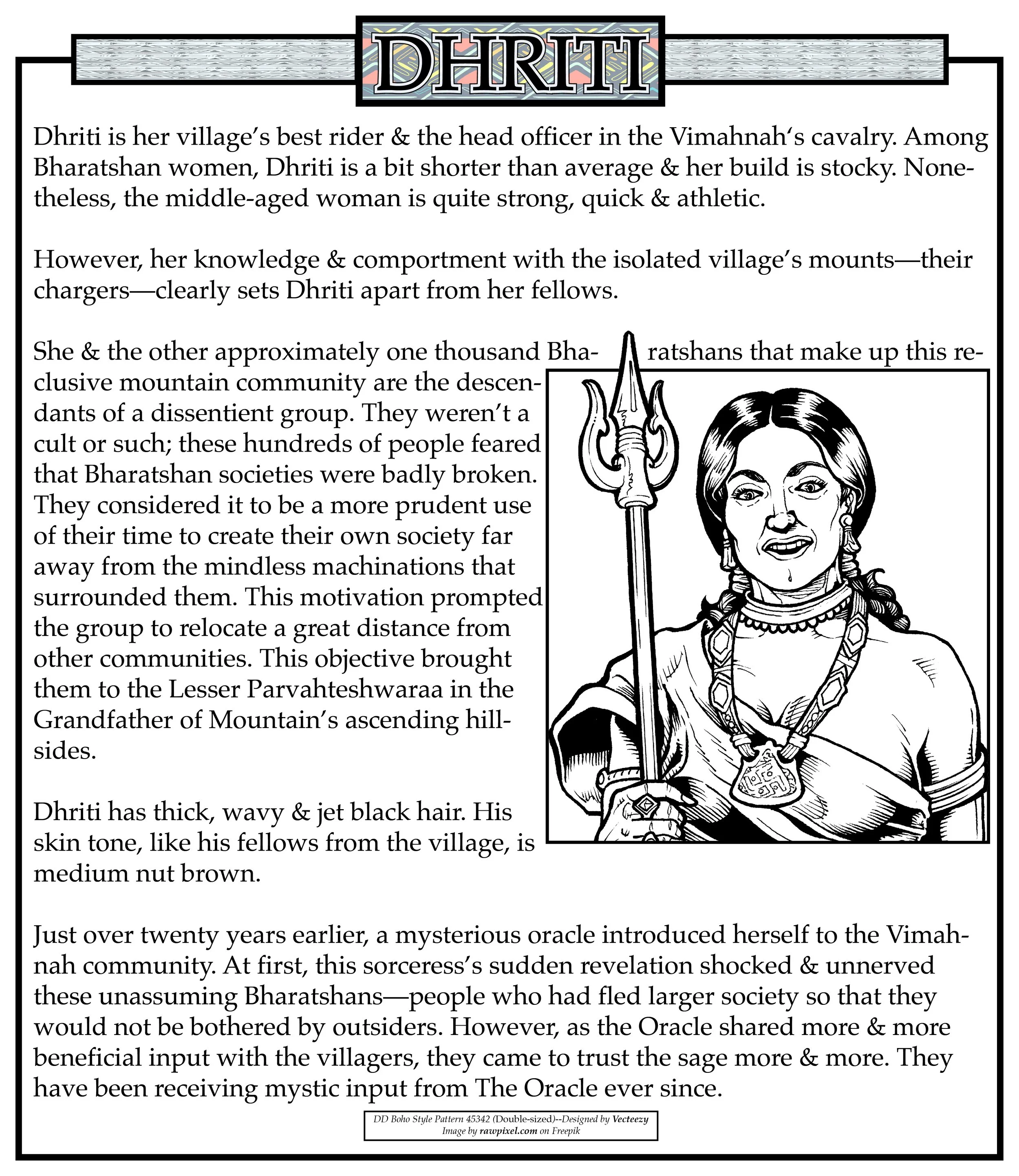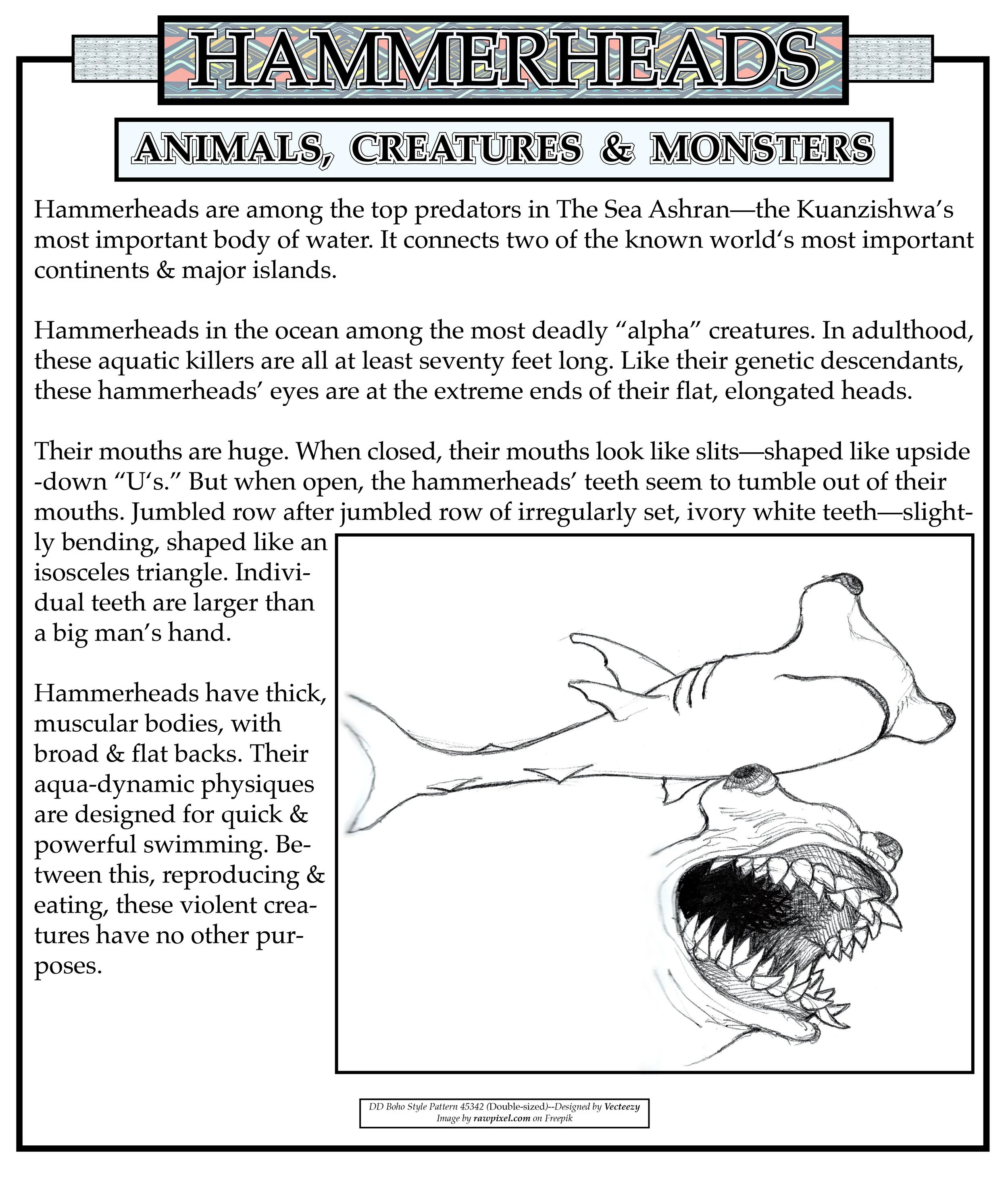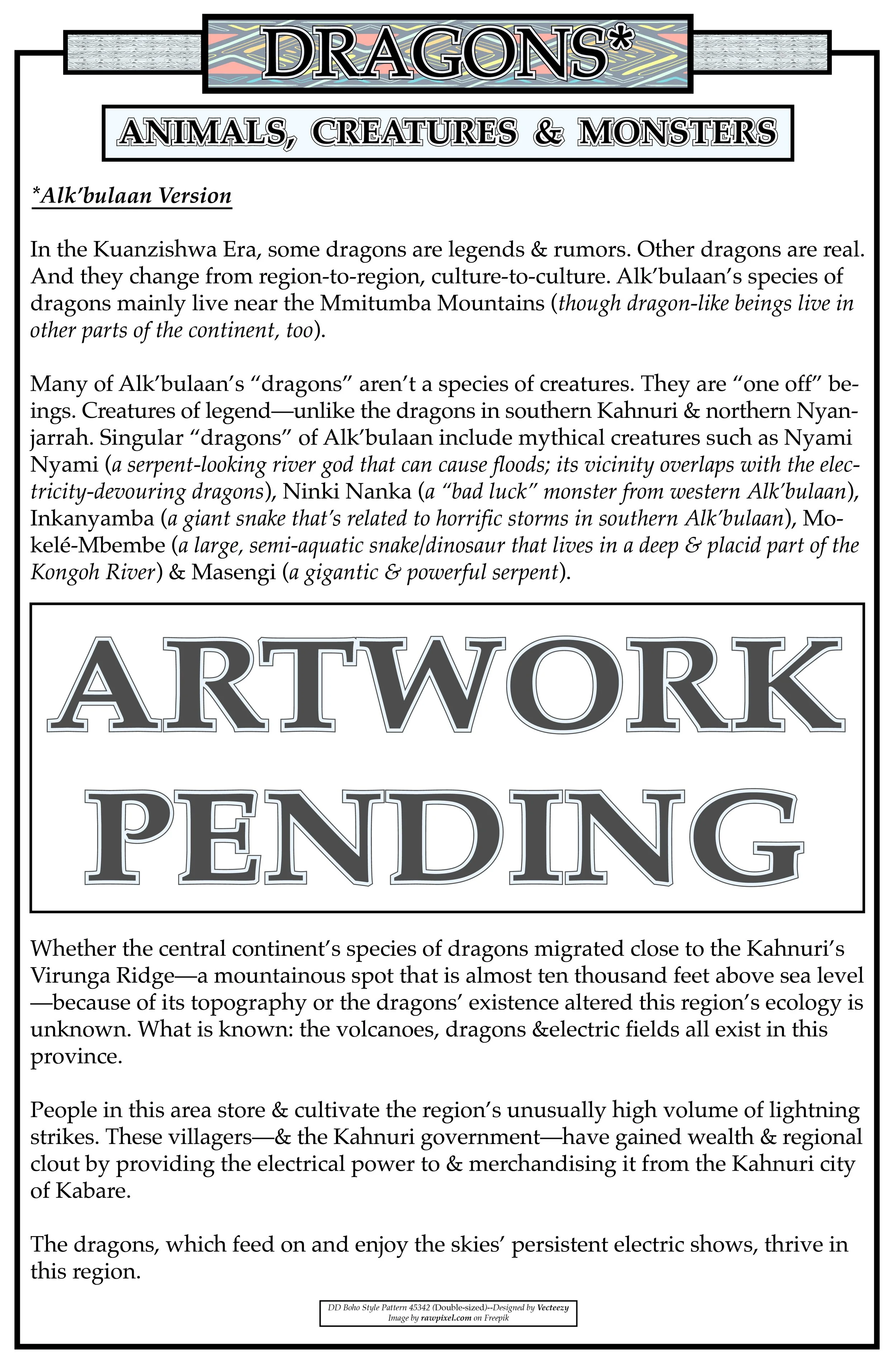As these “houses”—these leaders that grew up being treated almost as deities—grow older & gradually/willingly hand over more of their power, schisms are developing. Most of the populace appreciate & applaud this societal change. But within each of the countries, a very small-but-volatile minority prefers the old pattern. There has been comfort in having a single ruler to whom one might look for answers. Self-responsibility is demanding. Plus, there’s comfort in the old enmities & warfare—a pride & predictability. Amongst the royalty, ruling classes & politicians, similar fissures are expanding.
Nonetheless, the kings & queens running these entities, who are moving their individual countries & the continent’s majority toward an egalitarian existence, presume that everyone would—sooner-or-later—understand & appreciate their collective effort. These are monarchs who had lived through strife & warfare. Warfare that had drained their budgets & killed their subjects.
They knew that by changing this emphasis—from “subject” to “fellow citizen”—the entire continent, & perhaps the world, would greatly benefit.
However, despite these lofty goals, this group of wise women & men completely overlooked the one place where dissent against their plans was most potent. Most lethal.
Each country within The Nigritia is geographically expansive. Abundant natural resources, navigable waterways, etc. are the norm for all these countries. West-to-east, north-to-south, The Nigritia’s six countries: Mauri (Bahmakko is its capital), Djallon (Aboojah is its capital), Kahnuri (Aston is its capital), Sandeh (W’Bondei is its capital), Nahmbari (Tlokweng, is its capital) & Nyanjarrah (Longwe is its capital; Locar is its major port city).


